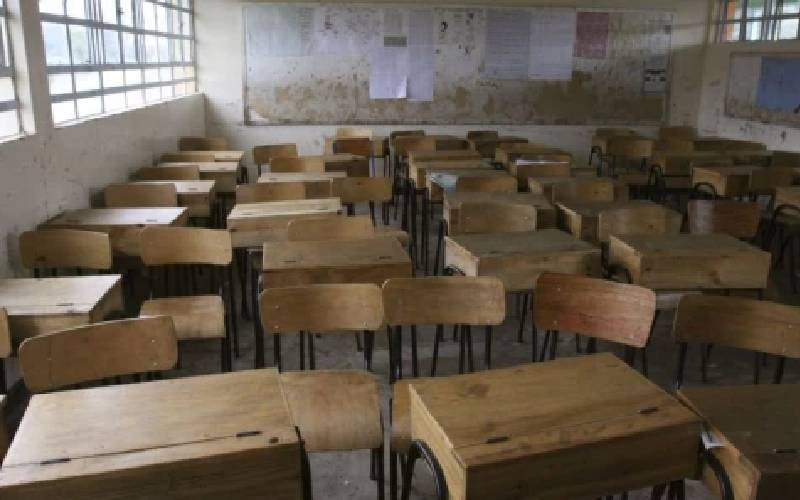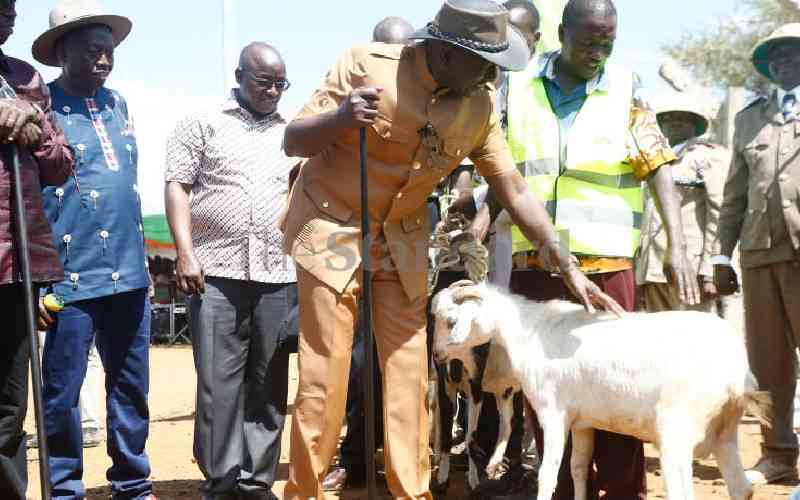
The chickens are coming home to roost for the Competency Based Education (CBC) mandarins at the Kenya Institute of Curriculum Development (KICD) and Jogoo house bureaucrats but what happens to the innocent parents and learners now at a crossroads?
There is a window but exists only and only if someone decides to bite the bullet and ride the waves now!
The campaigns for the August 9 General Election present an opportune moment for Education Cabinet Secretary Prof George Magoha to own up and accept that there were design flaws that are difficult to implement and obtain any meaningful results. This admission will send shockwaves, yes, but it will make the political leadership return education to the centre of the political debate much faster.
The media and citizens of goodwill must press that each presidential candidate presents to the nation an education sector rescue plan.
In this plan, commitment to going back to the design room and rethink the entirety of the education sector must be clear and succinct enough that the winning candidate cannot feign colour blindness once they assume office.
We have too many children and too many household livelihoods at stake to continue with the abrasiveness and cantankerous approach Prof Magoha fancies.
Experts and critics of the current approach should then use the window between the end of the elections and January next year to design short term, medium term and long term transition and investment plans with a clear curriculum and mode of delivery for each transition point.
The lack of an implementation and resourcing plan for the education sector has led to the leadership taking an incremental approach to facilitating the sector without looking at the dream and philosophy which are functions of deliberate long-term planning and deliberate engagement of all voices.
Michael Young in his 1971 treatise, What are schools for?, argues that schools should serve the function of helping the learners acquire not just knowledge but powerful knowledge that helps them further their potential than their social and cultural experiences.
If you take that thought and look at what we have subjected and are still subjecting our children under CBC- wearing sacks to clean markets, making scarecrows and hawking fruits and vegetables you see the design flaw I am referring to. We need to go back to the drawing board with our national dream and develop a philosophy for early years of education, primary and secondary education and ultimately post-secondary learning and specialisation based on acquired skills, tastes, preferences, talents, economic opportunities and technology related avenues and projections.
We cannot put new wine in old wine skins and keep preaching reform and the need to support our learners obtain 21st century skills while concentrating on crafts are purely dependent on how our politicians run the economy.
The writer is a trained teacher and education policy expert
 The Standard Group Plc is a
multi-media organization with investments in media platforms spanning newspaper
print operations, television, radio broadcasting, digital and online services. The
Standard Group is recognized as a leading multi-media house in Kenya with a key
influence in matters of national and international interest.
The Standard Group Plc is a
multi-media organization with investments in media platforms spanning newspaper
print operations, television, radio broadcasting, digital and online services. The
Standard Group is recognized as a leading multi-media house in Kenya with a key
influence in matters of national and international interest.
 The Standard Group Plc is a
multi-media organization with investments in media platforms spanning newspaper
print operations, television, radio broadcasting, digital and online services. The
Standard Group is recognized as a leading multi-media house in Kenya with a key
influence in matters of national and international interest.
The Standard Group Plc is a
multi-media organization with investments in media platforms spanning newspaper
print operations, television, radio broadcasting, digital and online services. The
Standard Group is recognized as a leading multi-media house in Kenya with a key
influence in matters of national and international interest.









